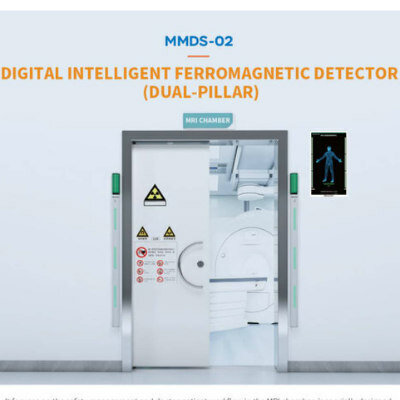Pelvic Node Treatment Individualized by Including Sentinel Nodes with IMRT
By MedImaging International staff writers
Posted on 02 Dec 2013
Treatment of pelvic nodes individualized by inclusion of sentinel nodes (SNs) can be simply integrated into an intensity-modulated radiation therapy (IMRT)-based treatment approach, according to German researchers. Their target volume model seems to effectively cover individual pelvic nodes, which is indicated by the absence of any nodal recurrence within five years of follow-up. Posted on 02 Dec 2013
The study’s findings were presented November 2013 at the 5th European Multidisciplinary meeting for Urological Cancer (EMUC), held in Marseille (France). “Radiation treatment with long-term androgen deprivation has level 1 evidence as treatment option for high risk prostate cancer patients,” commented lead author of the study Dr. Arndt-Christian Müller, from the Eberhard-Karls-Universität Tübingen (Germany). “However, there is a discussion with regard to toxicity and efficacy concerning the inclusion of pelvic nodes into the radiation portals. With high conformal techniques such as IMRT for irradiation of pelvic lymph nodes, target volume contouring becomes highly important. There are standard lymph node radiation target volumes, yet the individual lymph drainage of different patients is not taken into account.”
According to the researchers, these new data on individual inclusion of sentinel nodes into the pelvic conventional radiation target volumes with IMRT suggest that toxicity with sophisticated treatment techniques is low. “With regard to efficacy, the absence of any nodal recurrence in the pelvis indicates that the sentinel node based target volume concept correctly covers individual pelvic lymph drainage,” said Dr. Müller.
Regarding the risk profile in this series, such as high risk defined in one-third by Gleason score 8–10, outcome parameters were at least comparable to available data of the same treatment period. Therefore, this sentinel node-based strategy substantiates additional assessment, including current dose-escalation strategies to prostate in a larger prospective series.
“Firstly, we conclude that treatment of pelvic nodes individualized by inclusion of SN is feasible with IMRT. Secondly, the absence of any nodal pelvic recurrence within five years of follow-up indicates efficacy of this individualized treatment concept, reported Dr. Müller. “We expect an improvement of PSA [prostate-specific antigen] control and with longer follow-up and higher patient numbers a survival benefit for patients with individual inclusion of sentinel lymph nodes.”
According to the authors, the results of the study’s findings could be followed up by additional evaluation of dose-escalated IMRT to prostate +/- SN-guided pelvic IMRT, or treatment stratification after SN-biopsy with IMRT of prostate-only for node negative patients, and IMRT of prostate +/- SN-guided IMRT in case of affected pelvic nodes.
Related Links:
Eberhard-Karls-Universität Tübingen













